Hurricane Ida Hits Isle de Jean Charles
Mississippi River Basin
|
NEW ESRI StoryMaps: What's On Our Shelves & NWNL Song Library & No Water No Life ESRI |
Mississippi River Basin
Jamie Dardar
Resident of Isle de Jean Charles, LA
Alison M. Jones
NWNL Director & Photographer
Email – Sept 10, 2021
Emails – Sept 11, 2021
Emails – Sept 12, 2021
All images are from 2014 © Alison M. Jones. All rights reserved.
The first NWNL interview with Jamie Dardar was in 2014. That was prior to his becoming part of the first US federally funded Climate Refugee Program. Then Jamie moved off-island to be next door to his mother in Montegut – separated from Isle de Jean Charles by Madison Bay and its marsh. Having kept in touch with Jamie, NWNL is fortunate to be able to share his story and thoughts on Ida’s impact. Hopefully, his tale will be one more grain of sand in building a barrier to halt the impacts of climate change.

NWNL (Sept 10) Hi Jamie. I followed TV coverage last week of Hurricane Ida approaching Louisiana – at Category 5 strength for a short while! I’ve since read that everyone left Isle de Jean Charles before this epic storm that badly damaged all buildings. While worrying about you, your family and neighbors on Isle de Jean Charles, I too experienced Ida a few days later in New York City. Yet, other than getting very wet, I am fine.
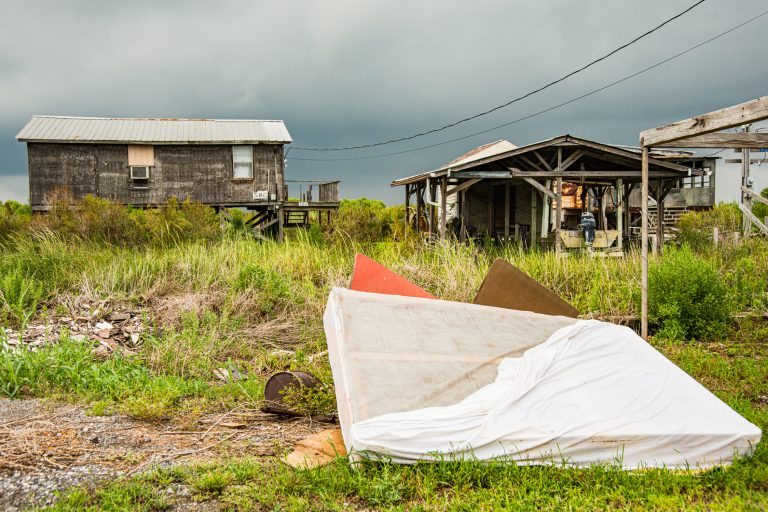
This week, a special edition of our NWNL Weekly DROP of News will focus on Hurricane Ida’s impact on three southern Louisiana communities NWNL has visited in the Mississippi Delta and Atchafalaya Basin. It will include NWNL interviews with two residents – you on Isle de Jean Charles (2014) and Pat Landry on Grand Isle (2011). Our third contact for this bulletin is Paul Kemp (2014) – Commissioner of Southeast Louisiana Flood Protection Authority East, geologist, coastal oceanographer and LSU Professor. We are so grateful to have this email conversation with you, as Isle de Jean Charles assesses what’s left.
JAIME DARDAR (Sept 11) Thank you, Alison. I was thinking about you just a few days ago. The island is completely destroyed! Only four structures remain partially intact on the island. The amount of destruction is unbelievable. However, my inland home in Montegut, Louisiana, survived the storm with very little damage, thank God.
NWNL (Sept 11) Jamie, I am relieved to hear that you are safe. Yet, I am so sorry about the damage to Isle de Jean Charles. It was your home, your little piece of Heaven. I hear the causeway was still under 1 foot of water 3 days after Ida passed!
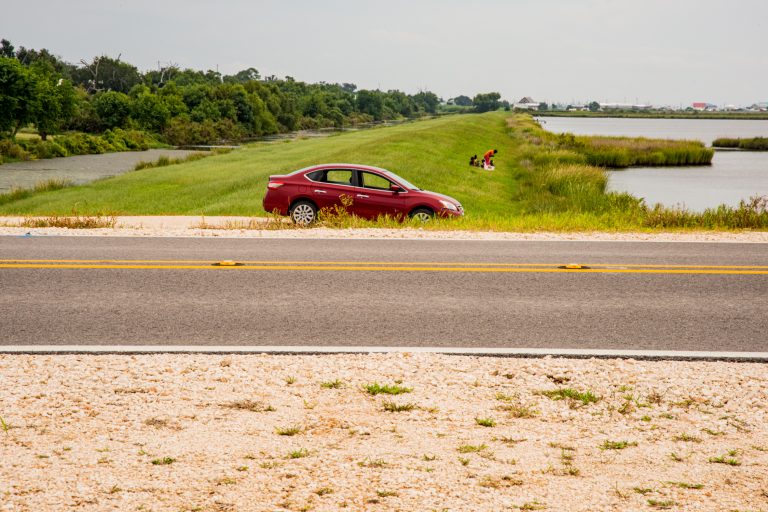
Have you been back? Will anybody be able to live there now? If not, will it just be a wilderness to visit for those who once lived there? The history of Isle de Jean Charles is so beautiful – and the present is so sad. I am so glad we met by chance for our 2014 interview; and that we have stayed in touch. All best wishes to you and your family.
JAIME DARDAR (Sept 11) People will be able to live there, but it’s going to take time to rebuild. By next February, I plan on rebuilding my softshell crab business I had there.
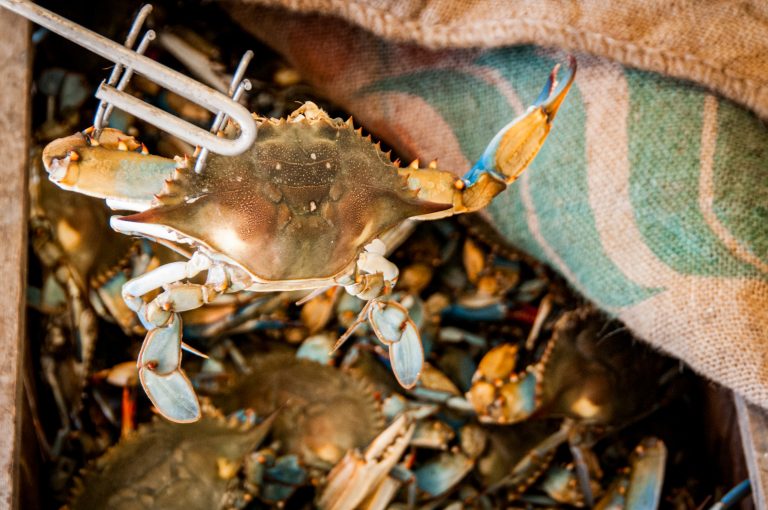
I will send you some pictures of the island and the destruction that Ida caused. I’m going to the island tomorrow morning to see what I can salvage from the storm. I moved all my equipment out before the storm hit, so I won’t have to completely start over again. Homes that have withstood many hurricanes in the 47 years of my life are now completely destroyed.
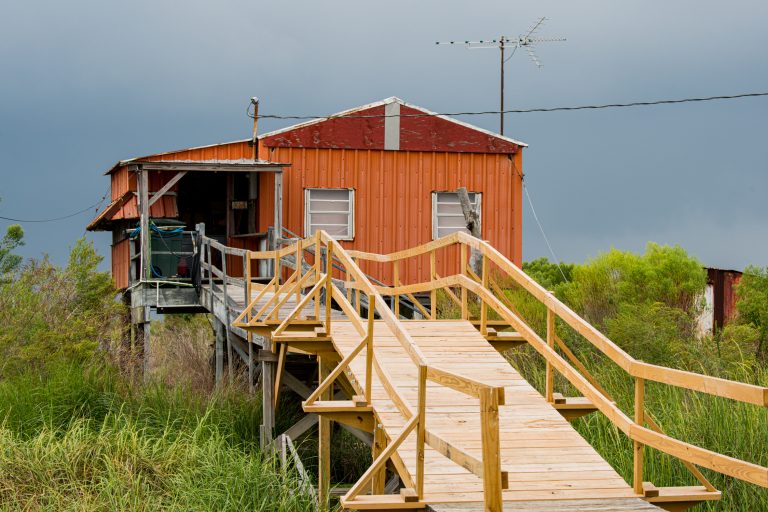
We had sustained winds of 180 -200 mph for 3 hours. Even where I live [in Montegut, LA], they recorded 200 mph winds for a substantial amount of time when the hurricane shifted west. As the winds changed direction, the power on the backside of the hurricane was unbelievable. If those winds had hit us for as long as the 6 hours of winds on the storm’s front side, I don’t think we would have much left standing from Grand Isle to Houma. When the wind shifted, it destroyed all that the front winds didn’t. It leveled many places to the ground and ripped off rooftops like they were paper.
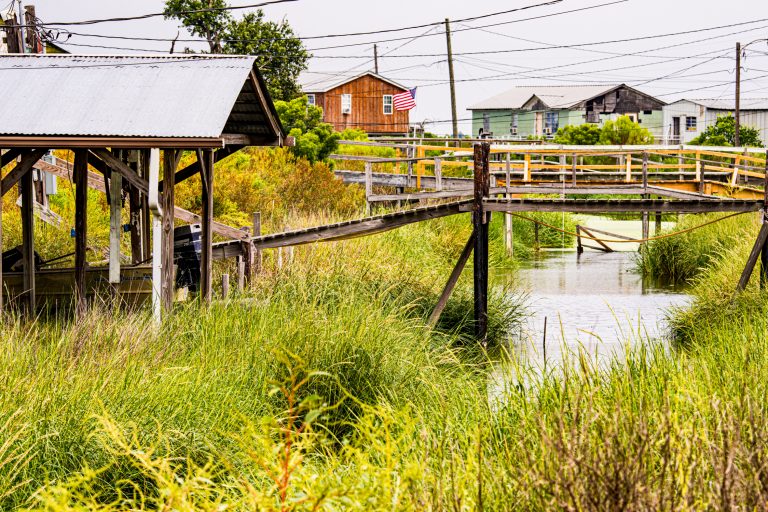
My homeland will never be the same again. I have seen her when she was full of life and provided for many families, and I’ve seen her now when she is slowly disappearing and washing away due to the forces of man and nature. Soon she will be just a memory for those of us who grew up on the island. In time she will be a story of distant past. The Indians on island of Isle de Jean Charles called her home – our ancestral land that gave our people the freedom from being put into a reservation. This island allowed so many generations to grow and to live as we always have off the land. The fresh water is dying [due to storms, subsidence and salt-water intrusion]. We are now the first climate refugees to be moved out of our homes.
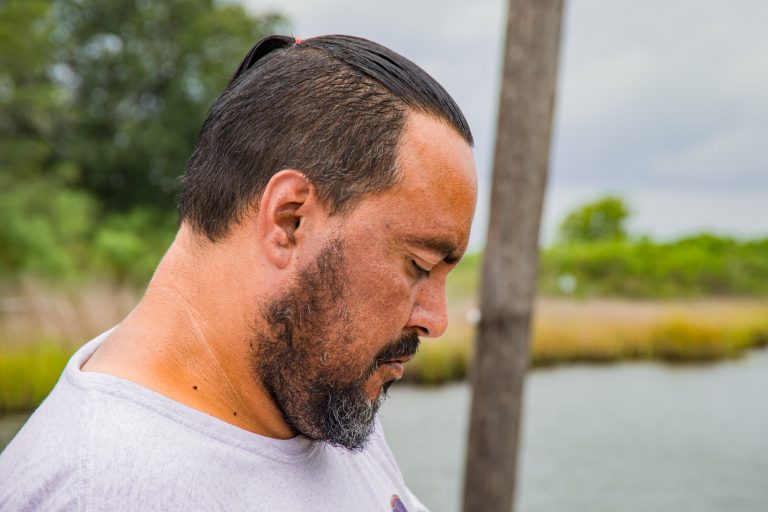
Alison, thank you for telling our story and letting people know that we must change our ways, stop encroaching on nature and stop taking what we want. Otherwise, our story will be another community’s story, and then another community’s story. We have such great capabilities to do so much more than destroying what nature has given us to live with. Sooner or later nature will take back what we have taken from her.
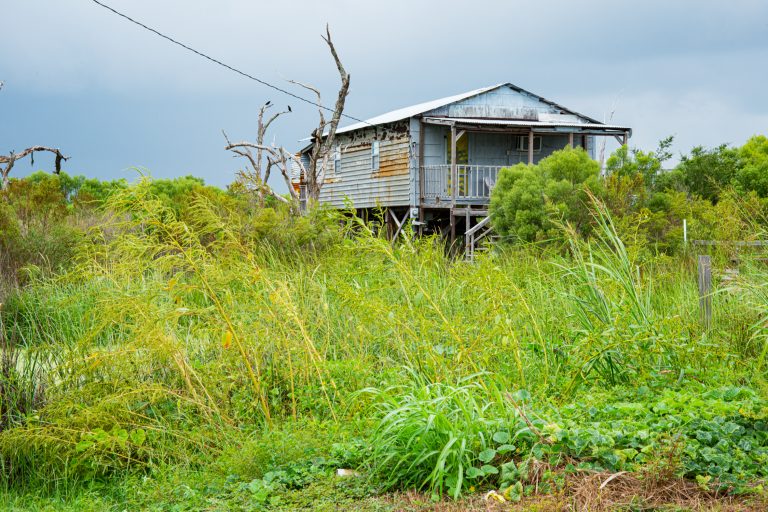
NWNL (Sept 11) Thank you, Jamie! I’ve shed tears about today’s twentieth anniversary of 9/11, but I have cried while reading about your love of Isle de Jean Charles and what the world, unintentionally, has done to it. You’ve written a beautiful tribute to your island and your community!
JAIME DARDAR (Sept 12) Thank you, Alison. For me, Isle de Jean Charles is the one place that holds more memories than any place else. Because of growing up there with my grandparents who raised me, I can remember trapping with my grandfather and catching nutria and muskrats, minks, and otters. I still picture swimming in the bayou in front of the house. I can recall my grandpa teaching me to catch crabs and throw a cast net for shrimp.
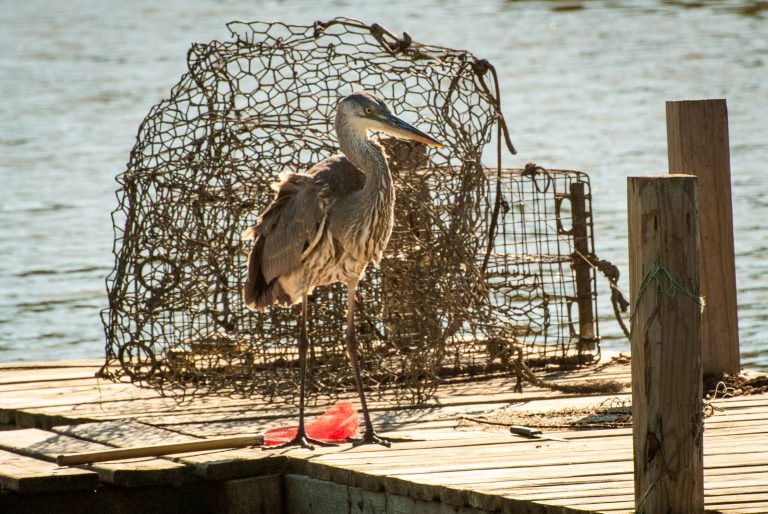
I remember in detail how the island looked when I was a kid. Seeing how it is now…. People who never saw her in my time only see a piece of land eroding away. They will never see what I have seen – a place full of life; trees; hard land that stretch football-fields wide; and solid marsh that is now open bayou and little lakes. I remember having Brahman bulls and horses running around and grazing. Gardens were in nearly everyone’s yard.
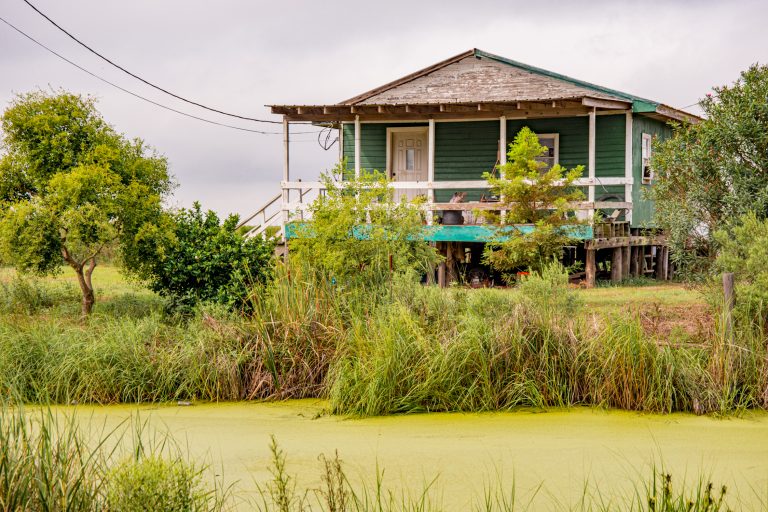
I have so many memories that it’s hard to believe this place where I grew up will eventually be washed away one day. I won’t be able to look at or walk on my land. I won’t remember where my growing-up house was without GPS to mark the place. I want to take a video and pictures. Hopefully it stops raining soon.
NWNL (Sept 12) Jamie, I thank you for your friendship and sharing your memories and painful losses. I wish you luck with your efforts to establish a soft-shell crab business. When I next come to Louisiana, I will come buy a bucketful; and we’ll share a meal of sautéed soft-shell crabs on Isle de Jean Charles some sunny Louisiana day!
Posted by NWNL on September 12, 2021
Transcription edited and condensed for clarity by Alison M. Jones.
All images are from 2014 © Alison M. Jones. All rights reserved.
